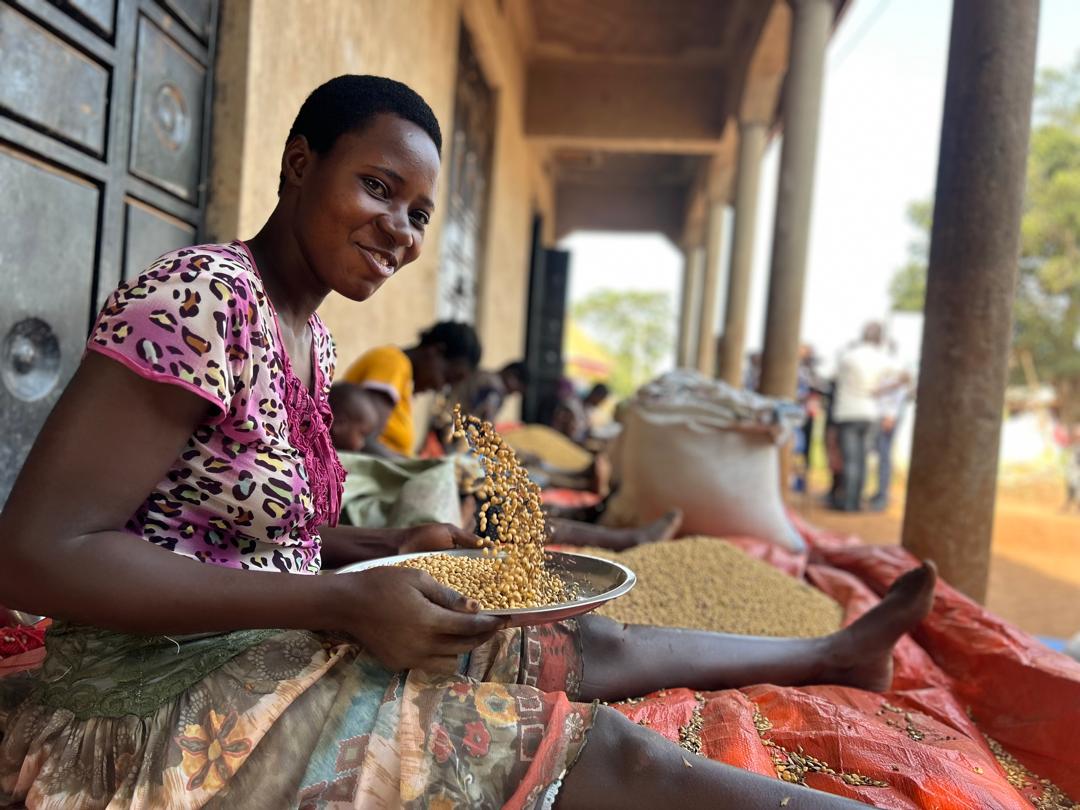In the rolling hills of Western Uganda, where long-horned cattle graze peacefully and heritage pulses through every drumbeat and dance, a creamy, white sauce sits at the heart of Banyankole tradition.
Known as Eshabwe, this rich delicacy isn’t just food, it’s a symbol of culture, and pride.
Made from carefully processed ghee drawn from cow’s milk, Eshabwe has been cherished for generations by the Banyankole, especially the Bahima, a proud cattle-keeping community in the Ankole region.
How it is made
The making of Eshabwe is a delicate, time-honored craft, one steeped in patience and tradition.
M Katushabe, a ghee-making expert from Nyabushozi, shares the story from cow to calabash.
It begins with fresh milk, hand-drawn from Ankole cows and poured into a calabash, a container locally known as ‘Ekirere’ in Runyankore.

But before the milk ever touches the vessel, the calabash is smoked with special aromatic grasses, a traditional process that imparts a distinctive scent and flavor.
A few teaspoons of sugar are added to accelerate the fermentation, and after roughly 12 hours, the thickened milk is transferred into a larger calabash, called ekishaabo. Now begins the most physical part of the ritual, okucunda, or shaking.
“Women and young girls sit down with the calabash on their laps or something soft, and shake it rhythmically in a circular motion,” Katushabe explains. “We remove the cover often to release pressure as the ghee begins to form.”
After about an hour, the golden ghee separates from the liquid milk “amacunda”. This raw milk is shared among family or friends, often drunk fresh. The ghee, meanwhile, is sieved, cleaned, and either boiled to extend its shelf life or left to age in another calabash for two weeks, developing both flavor and texture.
Once matured, the ghee is transformed into two main sauces, both uniquely cherished.
Kitaama – the thick touch
To prepare this version, two cups of ghee are mixed with warm water infused with rock salt, followed by water mixed with regular cooking salt. The mixture is stirred with a wooden mingling stick until the golden ghee turns a milky white and thickens to the desired consistency, usually within 10–15 minutes.
Enuniira (or Karweza) – the lighter touch
For a lighter variant, just two teaspoons of unboiled ghee are added to half a liter of warm water. A pinch of rock salt is stirred in, breaking down the fat into a light, milk-like sauce. Finished with a bit of edible salt, this version is served cold, and never reheated.
“Eshabwe is never cooked. It is eaten raw,” Katushabe stresses. “It goes well with all kinds of food, from millet bread and matooke to yams and cassava.”
Jane Biruha-Akuha, a teacher at Lubaga Primary School, sees Eshabwe as far more than a dish. “It’s the central sauce served at traditional ceremonies like okuhingira, the marriage introduction. A bride’s family will always include it in the gifts for in-laws,” she says.
In fact, thick Eshabwe (Kitaama) is used in pre-marital rituals, including being rubbed onto a bride’s skin for softness and glow.
But its importance goes beyond tradition. “Ghee is rich in vitamins A, B, and B12, which are often missing in vegetable oils,” Biruha-Akuha adds. “And unlike commercial cooking oils, it doesn’t harm the body.”
Whether served at ceremonial banquets or quietly enjoyed in family meals, Eshabwe remains a living link to Ankole’s cultural soul. With its silky texture, distinct taste, and ritualistic preparation, it’s not just a delicacy, it’s a celebration of identity.
In every spoonful lies a history of cattle, community, and care, whispering stories of the past and anchoring the future of a proud people.


















